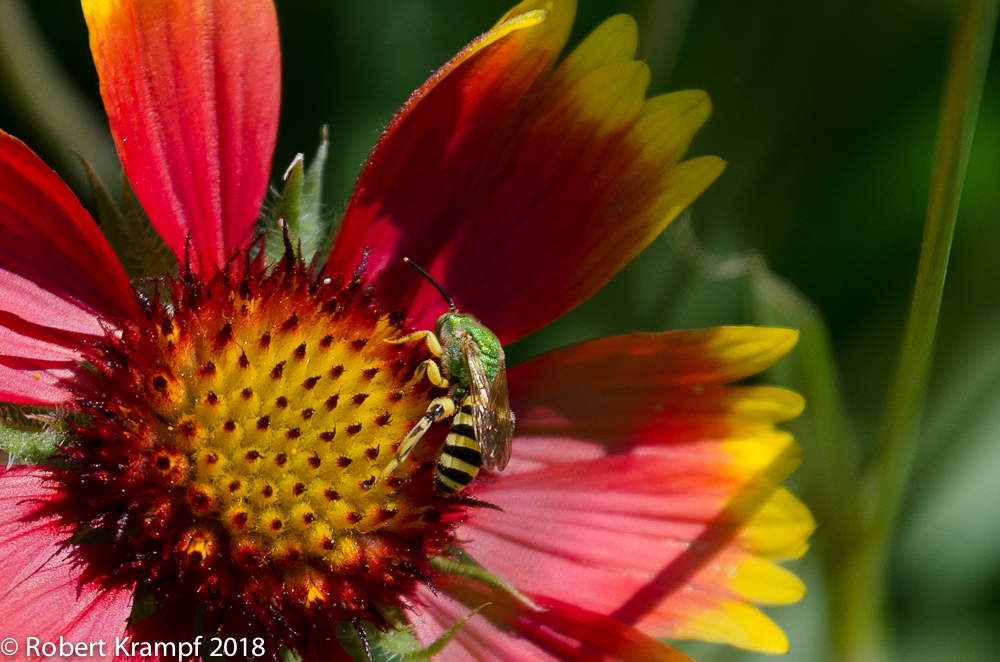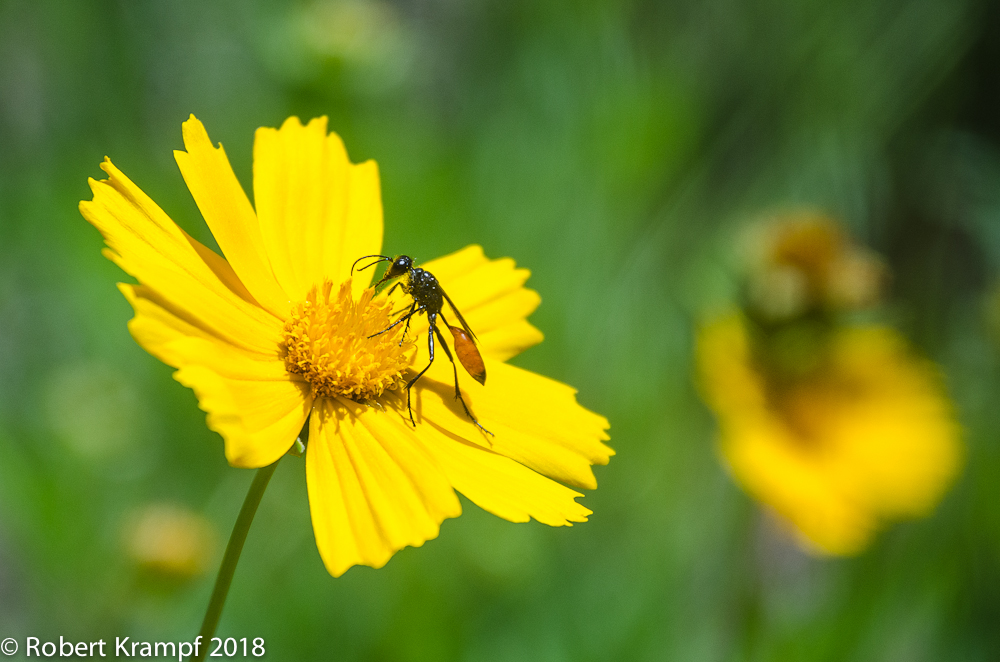
This time of year, our garden looks like a mess. There are still plenty of flowers, but they are surrounded by tall grass and "weeds" that most people would remove. We don't mind the cluttered look because those "weeds" attract a wide variety of wildlife. Many of the weeds are native plants that like the extra water and nutrients, and while most people consider them weeds, we enjoy their flowers as well as the animals they bring to our yard.

Some of the weeds are introduced. A good example of that are the millet seeds these Lazuli Buntings are eating. The bird seed we put out contains several types of millet, and we can count on the birds missing enough seeds to produce a nice crop of fresh millet to help the birds prepare for their fall migration.


Another introduced plant is the Common Mullein. They start as a flat, fuzzy rosette of velvety leaves. When they are ready to bloom, they shoot up a stalk that can be over 6 feet tall. The stalk is covered with yellow flowers, which attract bees, butterflies, and ants, as well as the spiders and other predators that eat the insects. Once you fell the velvety leaves, you will find it easy to identify this plant.

We get a few large sunflowers (again from the bird seed), but we mostly get the wild variety which has more flowers, although they are smaller. Insects love the flowers as much as the birds love their seeds. We also see quite a few birds eating parts of the leaves.

We try to always have plenty of the tube shaped flowers that hummingbirds like. Many insects won't fit into the flower, which means more nectar for the hummingbirds. Between the flowers and our feeders, the garden has the constant buzz of hummingbirds from April into October.

I have recently become interested in our native bees, and the wide variety of flowers attracts a tremendous variety. At first glance, I didn't notice all of the differences, but the closer I look, the more different species I manage to identify.

One surprise this year is the fruit on our apple trees. Because of our weather, the trees usually bloom in the spring, and then a hard freeze keeps them from producing apples. This year we had a very mild winter and a very warm spring, giving us two trees that are loaded down with apples.

I had to do quite a bit of thinning to prevent the branches from breaking under the weight, but the fruit did not go to waste. There are plenty of volunteers to help dispose of the extra apples.

We don't us pesticides on the plants, expecting some to be eaten. The insects provide food for spiders, lizards, birds, and other predators (including my pet tarantula.) Even the vegetables we sometimes grow usually wind up as food for the wildlife instead of on our table.

By letting our garden look messy, we wind up with a yard that always has surprises waiting for us.




So the next time you find yourself dreading the job of weeding your garden, consider the benefits of letting it go a bit wild. The hours you would spend weeding could be hours of observing the marvels that wander into your yard.
